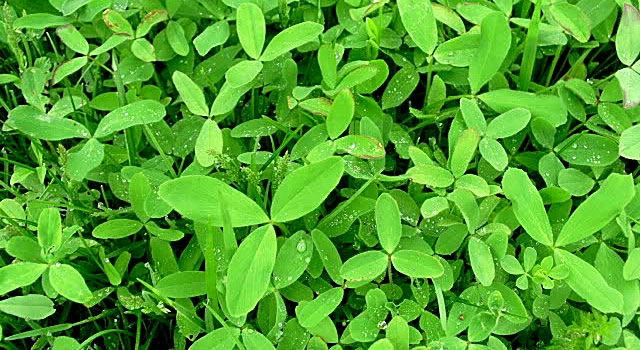Improved varieties of Berseem

Berseem is cultivated to obtain tasty and nutritious fodder for livestock. It is cultivated in temperate climate. Before cultivating it, it is necessary to know about some improved varieties. By cultivating the varieties mentioned in this post, you will be able to get better yield of Berseem.
some improved varieties
-
Pusa Joint: This variety is suitable for cultivation in extreme cold and frosty places. The size of its flowers is big. Up to 36 tonnes of green fodder is produced per acre of land
-
Boon: Cultivation of this variety is done more in the states of North India. It can be harvested 4 to 5 times after sowing the crop. From 32 to 40 tonnes of green fodder per acre of farmland.
-
Jawahar Barseem 1: It is one of the varieties suitable for cultivation in rainy and cold season. Plants range in height from 1 to 1.5 feet. The first harvesting can be done about 40 to 50 days after transplanting. Each harvest yields about 7 tonnes per acre of land cultivated.
-
BL 42 : This variety can be cultivated in winter as well as in summer season. This variety is suitable for getting early yield. First harvesting can be done 40 days after sowing. Green fodder yields up to 52 tonnes per acre of land.
-
JHB 146: This variety is also known as Bundelkhand Barseem 2. Plants of this variety have a protein content of up to 20 percent. It is ready for first harvesting after 45-50 days of sowing. Each harvest yields about 8 tonnes per acre of land cultivated. It can be harvested 4 to 5 times.
Apart from these varieties, many other varieties of berseem are also cultivated in India. In which many varieties are included like BL1, Mescawi, BL10, JHTB 146, BB3, Jawahar Barseem 2, HFB 600, Pusa Gant, Khadravi, BAT-678, Type 529, etc.
Read also:
-
Before the cultivation of berseem, the method of seed treatment and the right way of sowing can be seen from here.
-
Get complete information about the cultivation of berseem from here.
We hope this information will prove to be important for you. If you liked this information, then like this post and also share it with other farmer friends. Ask us your questions related to the cultivation of berseem through comments.
Please login to continue

Get free advice from a crop doctor
